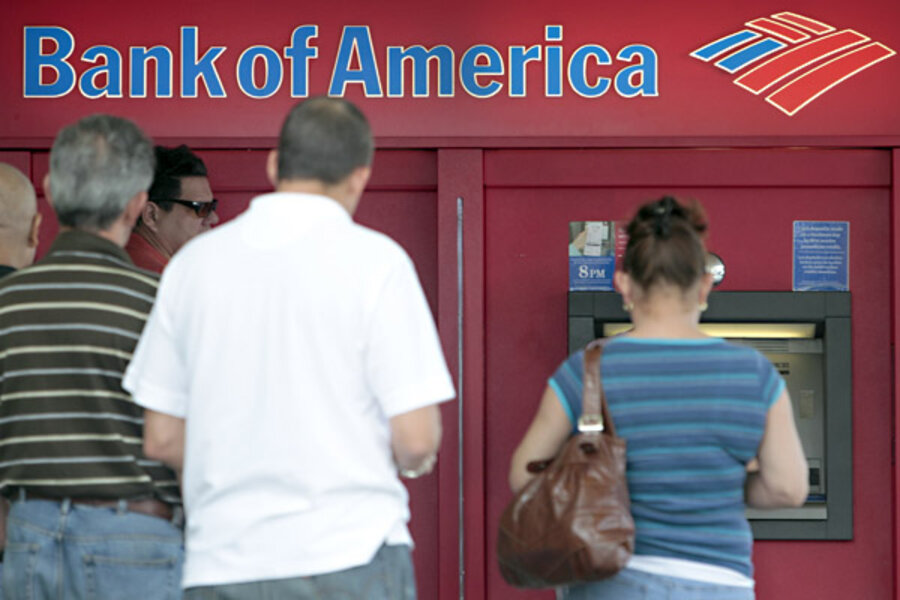When it's time to find a new bank
Loading...
Over the last few days, we’ve talked about several features your bank should have: compatible hours, few (or no) fees, solid interest, and a large ATM network. On top of that, I’d add robust online banking as well.
The question then becomes what do you do if your bank doesn’t offer these things? I’d suggest shopping for a new bank. Here’s how.
First of all, I’d check out local banks. After all, access to a real person when you’re trying to straighten out an issue can be valuable. Investigate all of the banks in your area and find out some key information about them. What are their account offerings? What kinds of interest rates do they offer? Do they have a lot of local ATMs? Do they have reasonable hours? What kind of monthly fees are charged to their accounts?
That doesn’t mean that you should leave online-only banks like ING Direct out of the loop. While they don’t have the advantage of an actual location near you, they do offer strong features in other areas – strong interest rates, virtually no fees, very robust online banking, and usually a large fee-free ATM network. If you find your local banks are lacking in some area or another, investigate some of the online options.
I actually use multiple banks. ING Direct has served me very well for aiding with banking related to the finances of The Simple Dollar, as well as some personal banking. Their online banking is very robust and useful. I also use a local bank for many services, as I can conveniently stop there and almost every ATM nearby is fee-free for that bank. This two-tiered approach allows me the best of both worlds.
Switching banks can be a pain. I suggest following a simple four-step plan.
First, open up the new account at the bank you’ve selected. This is usually straightforward.
Next, transfer your direct deposits and automatic bills to the new account. Do not transfer the balance in the old account. You should leave some significant amount of cash in there so that if automatic bills are deducted from that account, you aren’t hit with overdraft fees.
Then, check your old account regularly to watch for deductions. You will probably forget one or two of them if you have any automatic bills set up. When you see one go through, switch that transfer to the new bank.
Finally, after several months, close out the old account. Transfer the money from that account and have the account closed. You want to hold out for at least a few months to make sure that you’re not forgetting any automatic transfers.
Switching banks is often a financially strong move. It can get you away from constant ATM fees, maintenance fees, effort spent trying to get banking business done, and other such difficulties, saving you time, effort, and money.
This post is part of a yearlong series called “365 Ways to Live Cheap (Revisited),” in which I’m revisiting the entries from my book “365 Ways to Live Cheap,” which is available at Amazon and at bookstores everywhere.






